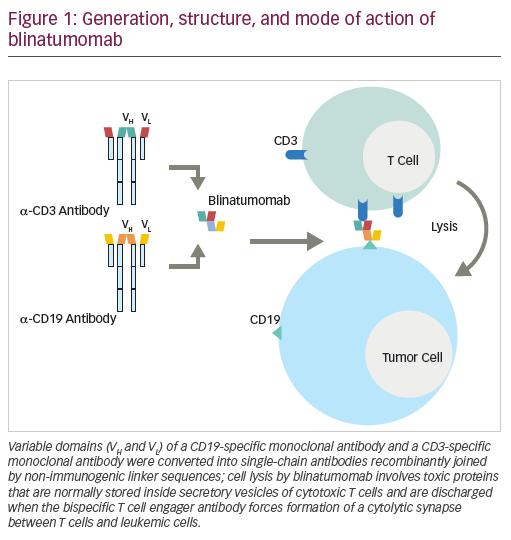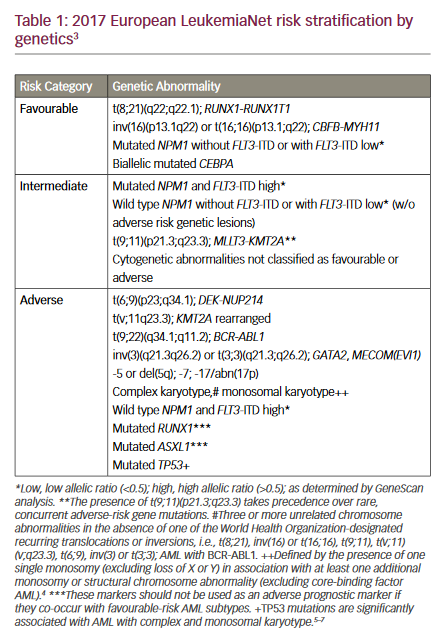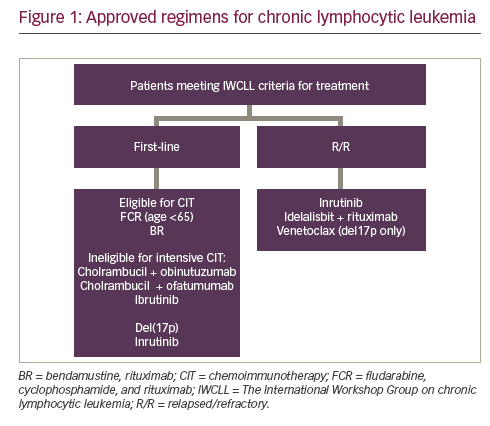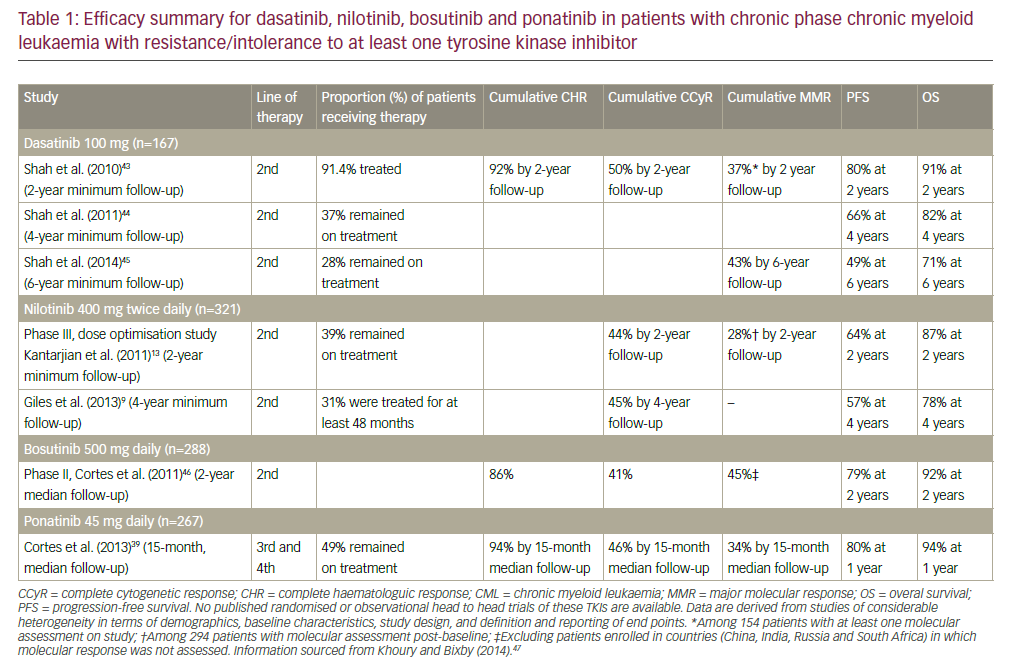Combination Chemotherapy with Purine Analogues
Fludarabine has been evaluated in a variety of combination regimens. One of the most promising and most thoroughly studied combinations is fludarabine plus cyclophosphamide (FC).3
In preliminary, non-comparative trials, the overall response rates did not appear to be better than with fludarabine alone, but the addition of cyclophosphamide appeared to improve the quality of the responses. This combination, with or without mitoxantrone, has achieved response rates of 64% to 100%, with complete remission (CR) rates of up to 50%.3
In a prospective trial of the German CLL study group (GCLLSG) comparing fludarabine versus FC, results for 375 patients showed superior response rate for the combination.4 The FC combination chemotherapy resulted in a significantly higher CR rate (16%) and overall response rate (94%) compared with fludarabine alone (5% and 83%; p=0.004 and 0.001, respectively).
The FC treatment also resulted in a longer median duration of response (48 vs 20 months; p=0.001), and a longer event-free survival (49 vs 33 months; p=0.001). So far, no difference in the median overall survival could be observed within a median observation period of 22 months. FC caused significantly more thrombocytopenia and neutropenia, but less anaemia than fludarabine. FC did not increase the number of severe infections.4 Rituximab-based Chemo-immunotherapy
Rituximab, an anti-CD20 monoclonal antibody, has only recently provoked interest for the treatment of CLL. As a single agent, rituximab is less active than in follicular lymphoma, unless very high doses are used.5,6 Somewhat surprisingly, combinations of rituximab with chemotherapy have proven to be very efficacious therapies for CLL.
There is preclinical evidence for synergy between rituximab and fludarabine.7 The majority of rituximab combination studies in CLL have focused on combinations with fludarabine or fludarabinebased regimens.
A multicentre phase II study of GCLLSG has evaluated the efficacy and safety of rituximab plus fludarabine in patients with previously treated or untreated CLL.8 Of 31 patients treated, 27 (87%) responded, with 10 patients (32%) achieving a complete response.
Byrd and colleagues combined rituximab with fludarabine in either a sequential or concurrent regimen in a randomized study (Cancer and Leukemia Group B (CALGB) 9712 protocol).9 Patients (n=104) with previously untreated CLL received six cycles of fludarabine, with or without rituximab, followed by four once-weekly doses of rituximab.
Overall and complete response rates were higher in the concurrent group (90% and 47% vs 77% and 28%). Similarly, in a large phase II trial conducted at the MD Anderson Cancer Center on 224 patients with previously untreated CLL, rituximab plus FC achieved a response rate of 95%, with 71% complete responses.10
Median overall survival was not reached in patients treated with rituximab plus FC, and was significantly longer than in patients treated with FC alone in a historical comparison.













